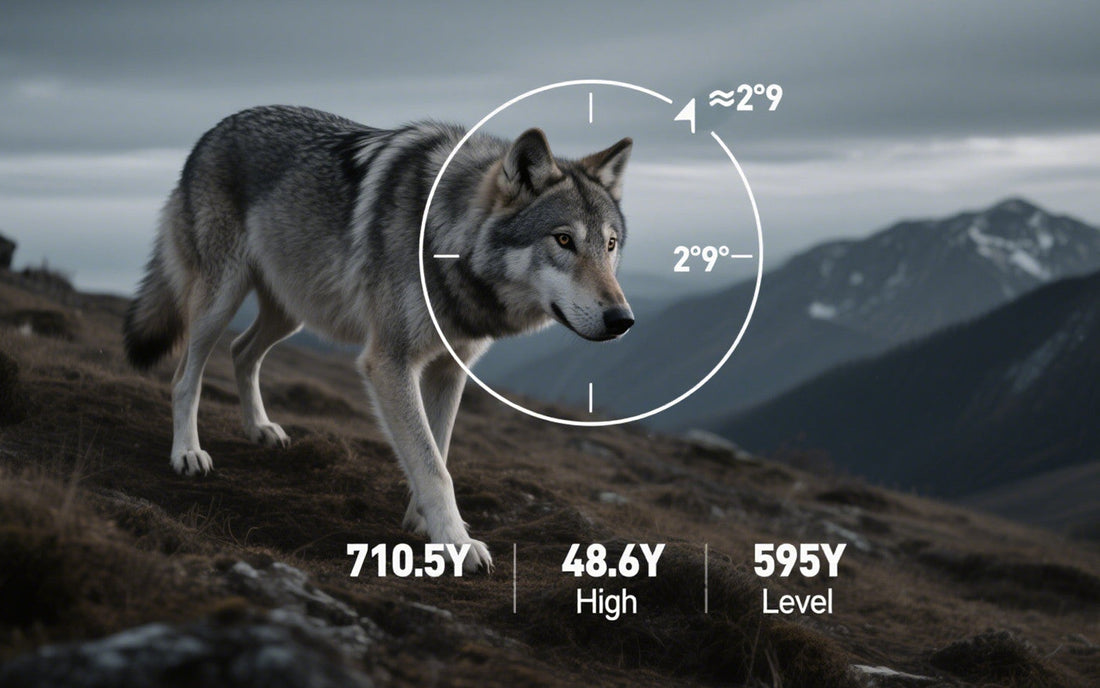Range finders have become essential tools for hunters looking to improve accuracy, plan better shots, and minimize missed opportunities. Whether you're bowhunting in dense woods or rifle hunting across open fields, understanding how to choose and use a hunting range finder can elevate your entire experience.
1. What Is a Hunting Range Finder and Why You Need One
1.1 What Does a Range Finder Do?
A hunting range finder uses a laser beam to measure the distance between you and your target. This helps you make more accurate shots, especially over varying terrain or when aiming at game positioned at different elevations.
1.2 Key Benefits of Using a Range Finder
- Improved accuracy: Know the exact distance before taking a shot.
- Better ethical shots: Avoid wounding animals with poor distance judgment.
- Faster decisions: Quickly determine whether a target is within your effective shooting range.
- Adaptability: Great for both bowhunters and rifle hunters.
2. How to Choose and Use a Range Finder: Tips for Beginners
2.1 Understand the Different Types of Range Finders
There are three main types of range finders:
- Hunting Range Finders: Designed for fast, accurate readings on moving targets in natural environments.
- Golf Range Finders: Less suitable for hunting due to target-lock features tailored to golf flags.
- Tactical or Ballistic Range Finders: Often include advanced features like ballistic compensation, ideal for long-range rifle hunters.
2.2 Key Features to Look For
- Range Capability: At least 600–1000 yards for rifle hunting; 400 yards for bowhunting.
- Angle Compensation (ARC): Important for mountainous terrain where true and line-of-sight distances differ.
- Speed and Accuracy: Fast response (under 1 second) and high accuracy (±1 yard).
- Display Type: OLED displays work better in low-light conditions than LCDs.
- Durability: Water-resistant, fog-proof, and rugged construction are must-haves.
2.3 How to Use a Range Finder Correctly
- Stabilize your stance: Keep steady while pointing at your target.
- Scan the environment: Use scan mode to track moving animals.
- Use ARC for angled shots: Enable angle compensation for horizontal distance.
- Practice at home: Get familiar with settings and controls before the hunt.
2.4 Common Beginner Mistakes to Avoid
- Ranging the wrong object: Ensure you’re targeting the animal, not branches.
- Not accounting for angle: Always use ARC on sloped shots.
- Ignoring weatherproofing: Non-waterproof models can fail in the field.
- Not replacing batteries: Always carry spares to avoid downtime.
Make Your First Shot Count
A reliable range finder is one of the best investments a beginner hunter can make. It boosts your confidence, sharpens your judgment, and helps you take cleaner, more humane shots. By choosing the right model and practicing before the season begins, you’ll gain an essential edge in the field.
Whether you're chasing whitetails in the woods or elk in the mountains, a high-quality range finder will be your silent partner in success.

